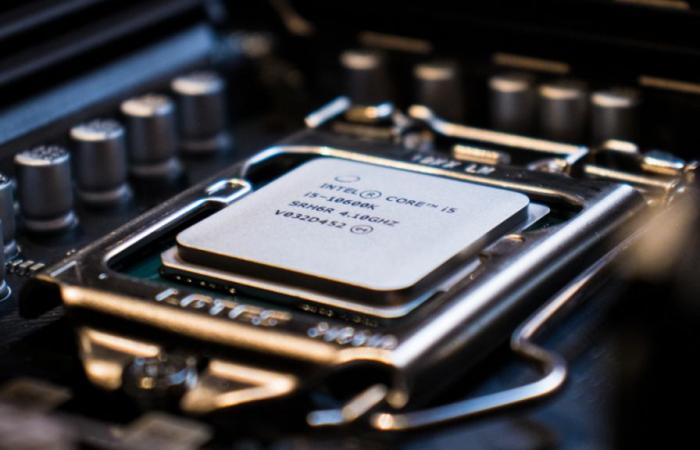
News JVTech Instability of Intel processors: a solution has finally been found for the problem of Core i5, i7 and i9
Published on 06/25/2024 at 3:10 p.m.
Share :
For several months, many users of Intel Core processors have reported stability problems affecting their PCs. So Intel looked for a solution, and today a promising new advancement is poised to transform the experience for owners of these processors.
Processors 13th and 14th generation Intel Core i5, i7 and i9 have been the pride of the brand thanks to their excellent performance. However, as soon as they were released, users began to notice stability issues, particularly during intensive work sessions or launching resource-intensive games.
The various problems ranged from crashes to unexpected restarts, seriously disrupting daily use.
A methodical response from Intel
In response to these reports, Intel was quick to respond. The American company has carried out in-depth investigations to identify the main cause of these malfunctions. After numerous tests and analyses, Intel has therefore published a new guide intended for its users, detailing the origins of these instabilities as well as a promising fix: l’ajustement du Enhanced Thermal Boost Velocity (eTVB).
eTVB, a mechanism designed to optimize the thermal performance of processors, initially seemed like a beneficial feature. However, it turned out that in certain scenarios this mechanism could cause instabilities.
Intel now recommends specific adjustments in BIOS settings to stabilize systems:
- For Core i5 and i7 processorsit is recommended to select the “ Performance » in the Power Delivery Profile rather than the “ Baseline “. The latter should only be used in case of compatibility issues.
- For Core i9 processorsThe mode ” Extreme » is recommended, provided that the motherboard supports this configuration.
Intel acknowledges that while these adjustments significantly improve stability, they do not constitute a definitive solution. The company is therefore continuing its research to identify other potential causes.
In the meantime, these recommendations and fixes provide a lot of relief to affected users.
The importance of updating BIOS
At the same time, Intel emphasizes the importance of keep BIOS up to date. BIOS updates may incorporate crucial stability improvements and optimizations that could alleviate some of the issues encountered.
With this new series of fixes and recommendations, Intel clearly shows its determination to resolve the stability problems of its processors.
Translation of message d’Intel published on June 18:
Intel has determined that a contributing factor to reports of instability in 13th and 14th Generation Intel Core (K/KF/KS) desktop processors is high voltage input to the processor. This is due to previous BIOS settings that allow the CPU to run at turbo frequencies and voltages even when the CPU is at a high temperature.
However, while investigating this instability issue, Intel discovered a bug in the Enhanced Thermal Velocity Boost (eTVB) algorithm that may affect the operating conditions of 13th and 14th generation Intel Core desktop processors (K/KF/ KS). We have developed a fix for the eTVB bug and are working with our motherboard OEM/ODM partners to deploy this fix as part of BIOS updates before July 19, 2024. Although this eTVB bug could potentially contribute to the instability, it is not the main cause of the instability problem.





